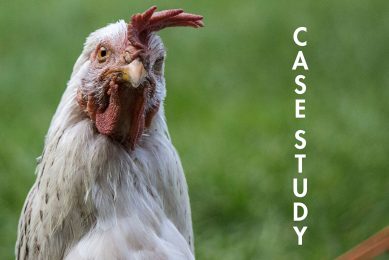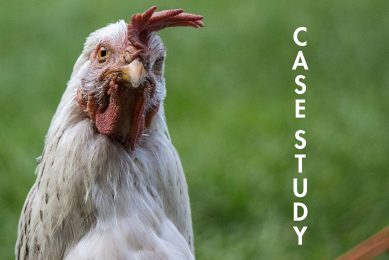Discussion: Spent hens on school menus
The US government uses the National School Lunch Program as an outlet for egg producers struggling to find a market for 100 mln egg-laying hens culled each year, reports USA Today.
From 2001 though the first half of 2009, USA Today found that the government spent more than $145 mln on spent-hen meat for schools — a total of more than 77 mln pounds served in chicken patties and salads. Since 2007, 13.6 mln pounds were purchased.
Newsletters of a trade group representing egg producers regularly note the need to find new markets to “dispose” of spent hens. The primary options: pet food, compost — and schools, reports continue.
Campbell Soup, for instance, stopped using spent-hen meat more than a decade ago. The reason: “quality considerations,” company spokesman Anthony Sanzio says.
Reports say that hens often suffer from osteoporosis and have brittle bones that easily splinter. When schools reported bones in the chicken, the government stopped purchases for school meals in April 2003. After new provisions aimed at preventing bone splinters — and lobbying by the trade group, United Egg Producers — purchases resumed that July.
Besides the bones issue, some scientists believe spent-hen meat is more likely to carry salmonella. A 2002 study by Washington State University’s Avian Health and Food Safety Laboratory found that spent-hen carcasses were 4 times more likely than broilers to be contaminated with salmonella. The spent hens in the study were from a single plant, so the results offer no proof that similar problems occur on a broader scale.
Still, “it suggests spent hens are significantly more likely to be contaminated with bacteria that can cause … diseases,” says Michael Greger, a physician who runs public health programs at the Humane Society of the United States. Because the hens are stacked in pens from floor to ceiling, they are exposed to high levels of faecal dust and subject to heavy stress, which can contribute to higher infection rates, he says.
Officials with the US Department of Agriculture say spent-hen meat is safe and nutritious. “Mature hens must comply with the same safety standards as any other chicken processed and sold to consumers,” says Rayne Pegg, head of the USDA’s Agricultural Marketing Service. Still, the USDA is buying fewer spent hens today. In 2006, it purchased 30% of all spent hens processed nationwide; now, it buys less than 10%.
Source: USA Today













